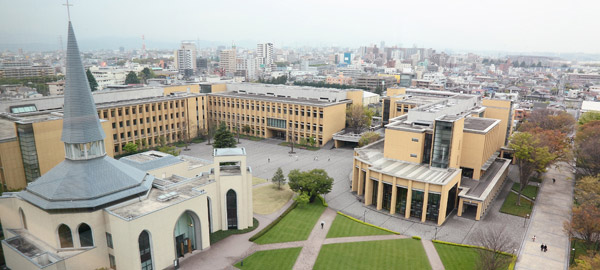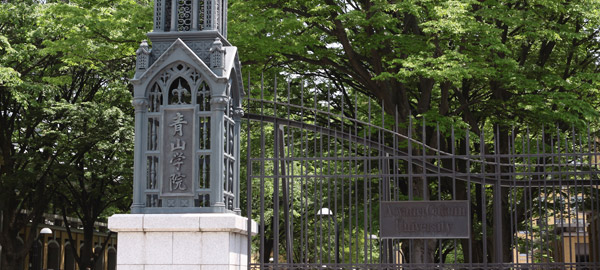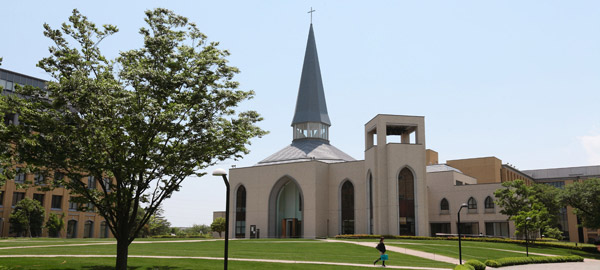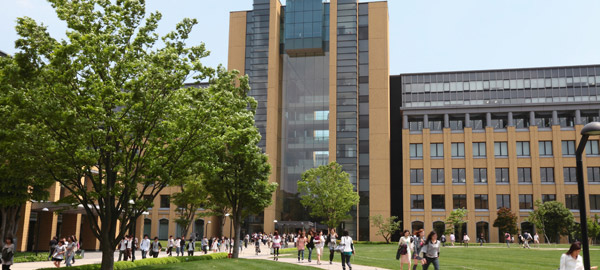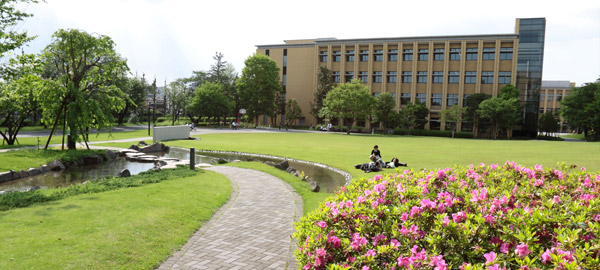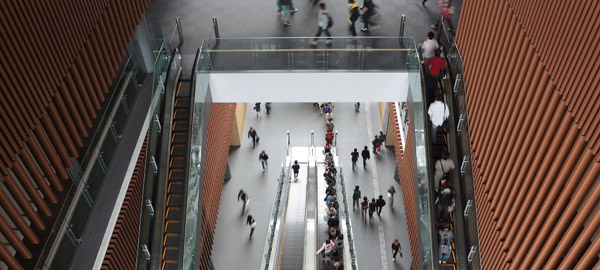大規模震災時における「介護施設利用者」の生存率を高めるインフラ構築について
-「自助」の浸透性に注視して-
1) 静岡大学
| Abstract |
島国特有の自然災害に悩まされ続ける日本.特にここ数年地震を含めた自然災害の 急激な増加傾向には驚かされる.東日本大震災では惜しくもお亡くなりになられた 方約2万人の内,高齢者の占める割合は極めて高く,インフラの構築不足が露呈 する結果となった.また,その後の劣悪な避難生活環境によって災害関連死も増 し,震災後のケアの大切さも見てとれる.本研究では災害弱者にあたる介護福祉 施設の利用者を中心に大規模災害時,彼らの生存率を高める為の追及を施設職員 の心情調査やBCP策定の優先度を量ることにより行う.行政が求める「公助」 以外の「共助」「自助」のインフラ構築へ向けた助走研究と言える. |
|---|---|
| Recent increase of natural disasters in Japan including those by earthquakes is surprising. Among two hundred thousand of people died from the East Japan Earthquake, the rate of the elderly is quite high and demonstrated the lack of the infrastructure construction. Additionally, prolonged poor living conditions as evacuees increase the disaster-associated mortality, which reveals the importance of the care after disasters. This study seeks to improve the survival rate of vulnerable people, such as patients in care facilities, on large-scale earthquake disaster through the sentiment survey from the caregivers and the prioritization of the BCP development. This is an early study to develop infrastructure based on the mutual self-help, being different from the public help which the government is considering. | |
| Keywords | 災害関連死,震災から1週間,BCP策定 |
| Disaster-associated mortality,One week after the earthquake disaster,BCP development |
Copyright 2014 @ The Japan Society for Management Infomation.


